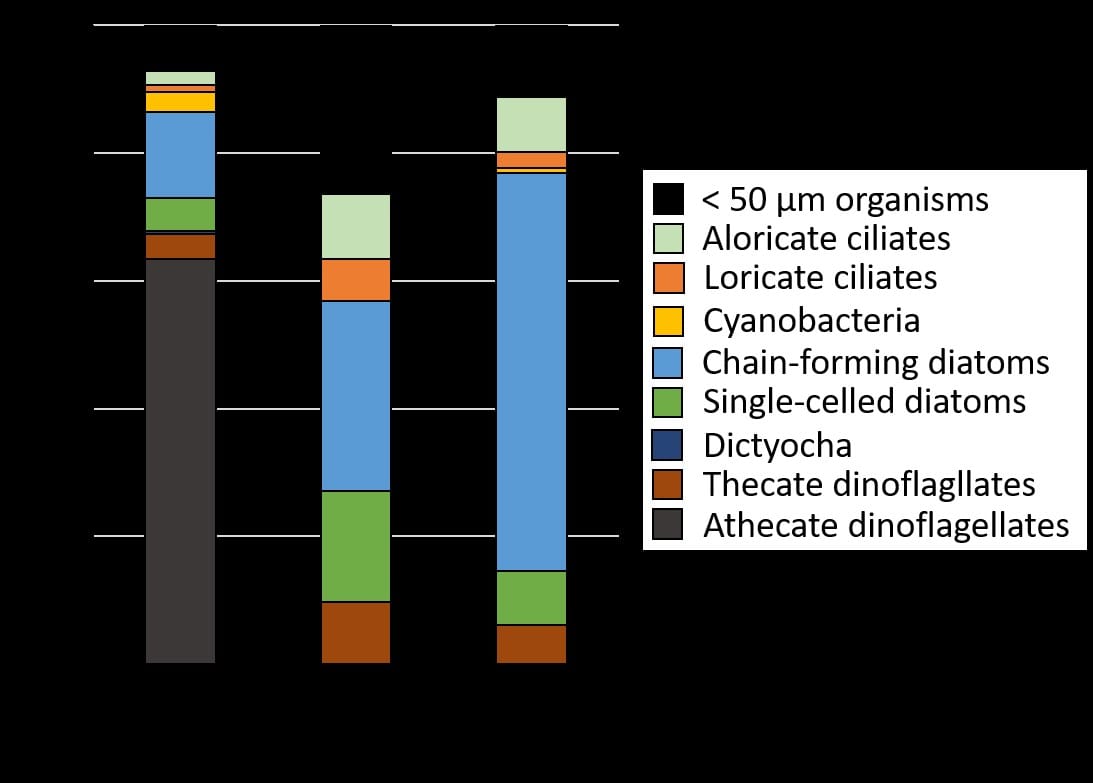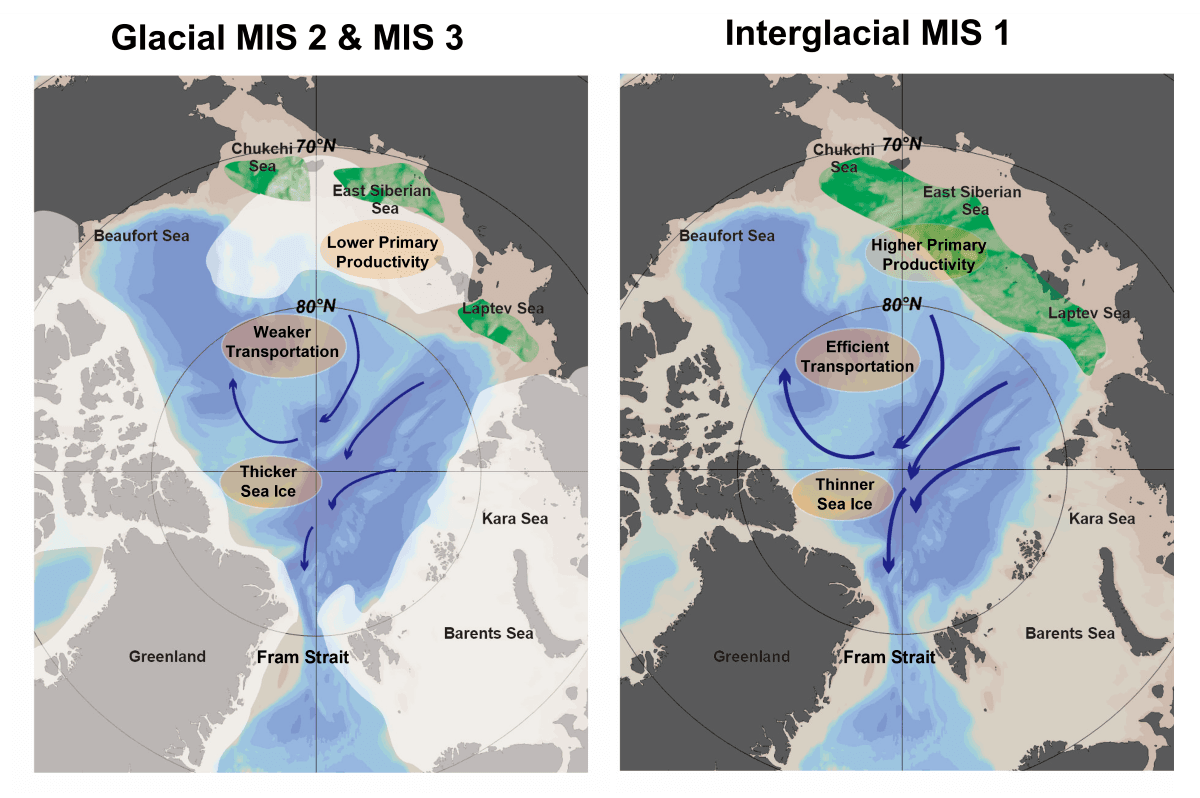Speaker:Prof. GWO Jin-chywan (Aquaculture Department, Taiwan National Ocean University)
Title:The joint statement of the International Symposium on the Discovery of Formosa Landlocked Salmon’s 100th Anniversary.
Time:6/15 (Fri) 15:30-17:00
Location:2nd floor large lecture hall of IONTU
Abstract:
Conservation of Critically Endangered Formosa landlocked salmon (Oncorhynchus formosanus) requires the development and implementation of a national conservation Program of Action. The objectives and schedule of the changes in the number of Critically Endangered species must be clearly defined in the Program of Action, for example, to prevent decreases in the number of species experiencing sustained decline (stop bleeding) within 3 to 5 years, to promote the steady increase in the number of rebounding species within 6-15 years, and the need to reach a substantial increase in the population number and remove listings of species as “Critically Endangered” as the ultimate goal within 20-30 years. It is necessary to have sufficient scientific understanding of the dilemmas and threats faced by endangered species, and to develop a task-oriented and feasible program of action based on this information.Overall, this group formulated the following management actions.
1. Most critically, there is urgent need for independent assessment of the conservation status of Formosa salmon under the direction of IUCN. This includes the estimation of population size and genetic diversity, and survey the possible causes and the prevalence of fish with morphological abnormalities.
2. Formosa landlocked salmon is at the southern range of masu salmon distribution. Basic biological and ecological information relating to the growth, feeding, and behaviour of Formosa salmon needs to be collected for effective conservation.
3. The interactions of Formosa salmon and Onychostoma barbatulum needs to be investigated, to determine if there are negative impacts, and to guide any future removal of check dams.
4. The practices of the hatchery, relating to genetic variation in Formosa salmon and the culturing of any other species need to be investigated.
5. Need scientific evaluation on the order of priority for dam removal.
6. Attendees at the meeting encouraged efforts to establish independent populations (ex situ preservation) in Taiwan to reduce the risk of extinction of the species. Restocking habitats had better form a metapopulation structure to promote better connectivity between habitats.









